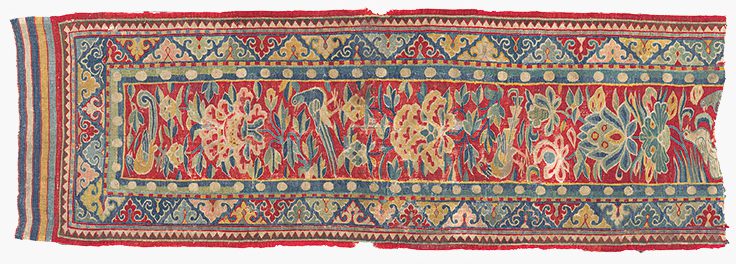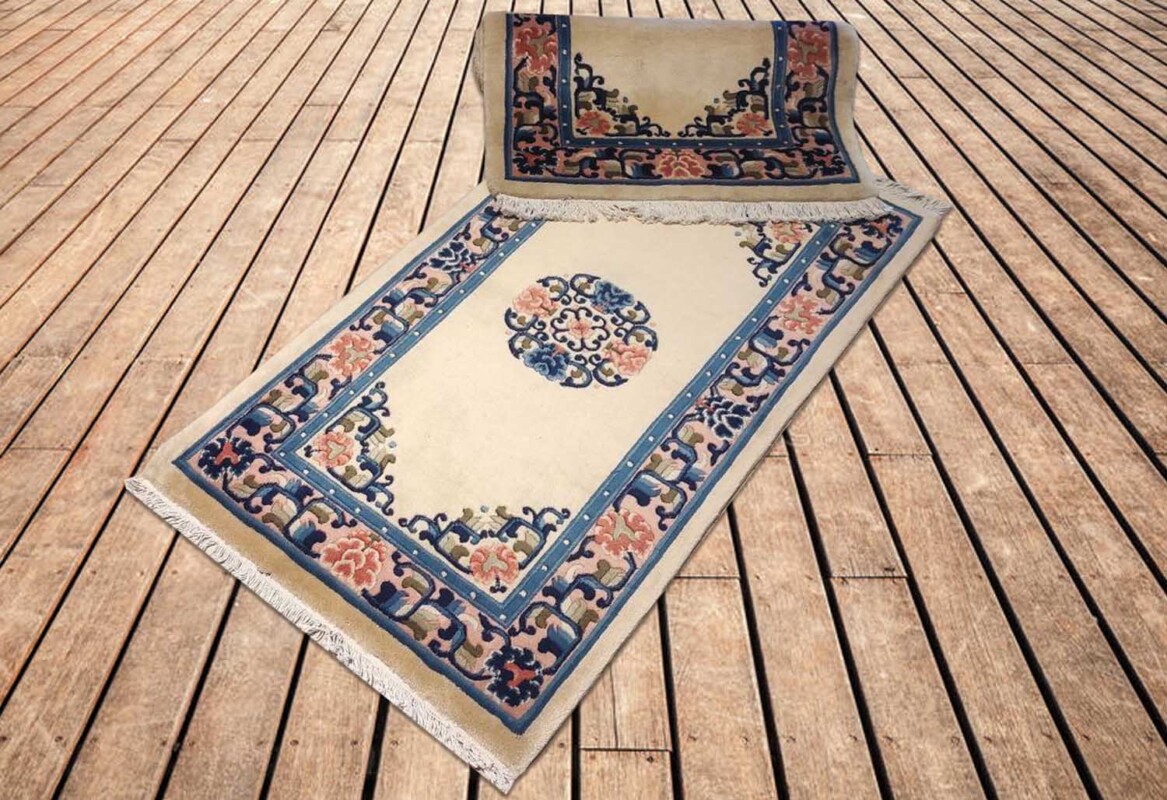Irana Carpets
The Mongolia carpet: an art from China to Persia
The Mongolia carpet: an art from China to Persia
The rise of the IL khanate occurred in the 13th century and ruled throughout China, present-day Mongolia and Iran. The rugs of this empire developed a style that would eventually represent a confluence of Chinese and Islamic art. During the invasion, the Mongols occupied major population centers and cities throughout the Persian Empire. They often destroyed everything they encountered, including the arts. However, the conversion of Il-Khan Muhmmad Ghazan to Islam in 1295 was the event responsible for the establishment of a new cultural policy and a new religion. Under his rule, the arts began to flourish again. They alone represented a fusion of traditional Persian and Islamic Zoroastrian styles. This expanded the artistic vocabulary and led to the introduction of many styles and motifs which would later become standard Persian designs.

The Mongolian Empire rugs were a combination of Chinese and Persian motifs. Existing carpet pieces from the IL khanate are exceptionally rare, but from what has been left we see the development of Persian floral and bird motifs. They have a formalized field and boundary system, often with multiple guard boundaries with the present of the red color becoming an iconic color in Persian rugs.
Nowadays, carpets that come from modern Mongolia show Chinese and nomadic influences. The simple designs of these rugs with mature colors like brown , cream , dark blue and dark red make them adorable in the European market. These rugs are more simplistic with motifs like Chinese knots , dragons and phoenixes with a solid color field.




